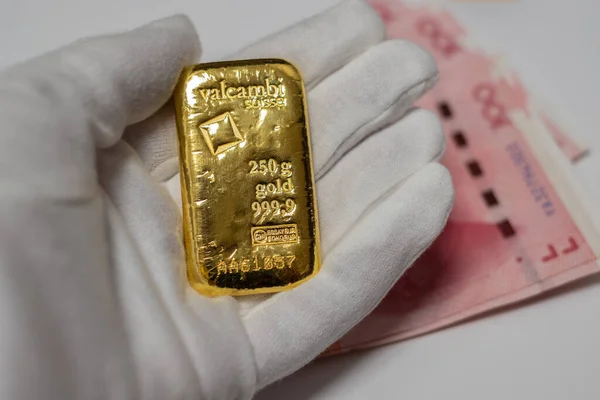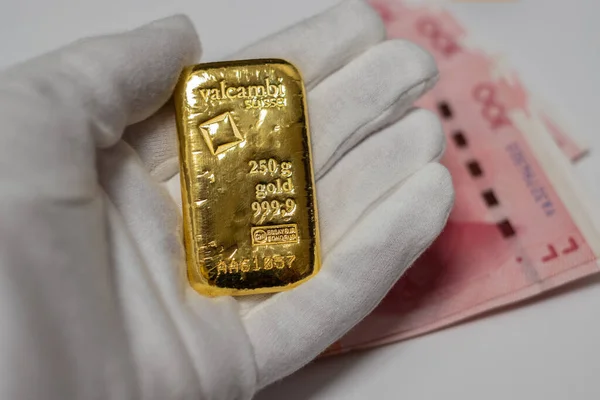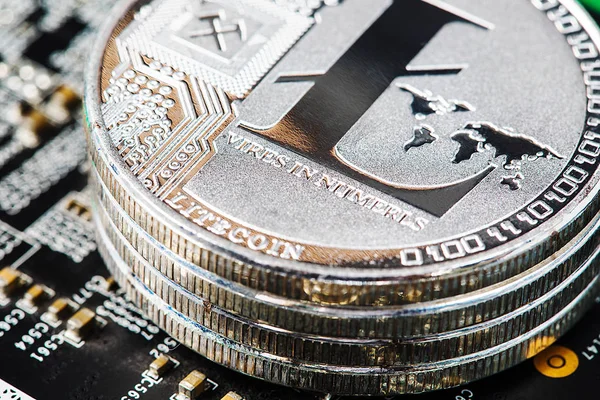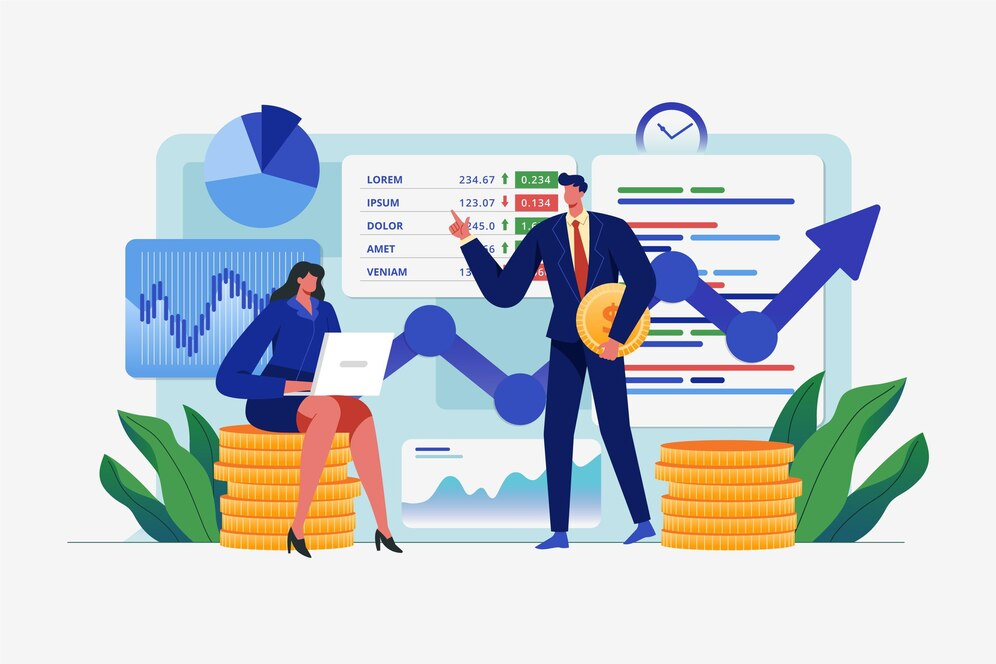Highlights
- Gold backed currency links currency value directly to gold reserves.
- The gold standard limited currency supply to available gold reserves, controlling inflation.
- The U.S. abandoned the gold standard in 1971, adopting a fiat currency system.
- BRICS nations are exploring a gold-backed currency as an alternative to the U.S. dollar.
- Gold-backed systems reduce inflation but may limit economic flexibility during downturns.
Have you ever wondered what gives a currency its value? In a world where most money is digital and printed on paper, it might surprise you to learn that, once upon a time, the value of money was backed by actual gold. This system, known as a gold-backed currency, directly tied the value of money to gold, making each dollar, pound, or yen worth a specific amount of precious metal.
But what does it mean for a currency to be backed by gold, and how might it affect today’s global economy? In this blog, we’ll discuss the world of gold-backed currency, exploring how it works, why it was abandoned, and why it’s being reconsidered.
What Is Gold Backed Currency?
Gold backed currency refers to a monetary system where the currency’s value is directly tied to a specific amount of gold. In simpler terms, each currency unit (like a dollar) represents a certain weight of gold. For instance, if a government issues currency backed by gold, it means that for every unit of currency printed, there’s an equivalent amount of gold stored as a reserve.
This system was popular in the past, especially in the early 20th century. However, most countries have since shifted to a fiat currency system, where currency values are not tied to physical commodities like gold but are based on government regulation.
How Did the Gold Standard Work?
The gold standard was a monetary system where countries agreed to fix their currency’s value to a specific amount of gold. This means governments could only print currency if they had enough gold in their reserves to support it.
For example, if the government set a price of $20 per ounce of gold, then $20 in currency would equal one ounce of gold. People could even exchange their paper currency for physical gold. This system was intended to prevent governments from printing excessive money, which could lead to inflation.
The United States was once on the gold standard, meaning that gold-backed US currency was the norm. However, the U.S. eventually left this system in the early 1970s due to economic challenges.
Is the U.S. Currency Still Backed by Gold?

No! The United States officially ended the gold standard in 1971 under President Richard Nixon, a move often called the “Nixon Shock.” Since then, the U.S. dollar has become a fiat currency, meaning its value is not based on physical commodities but on the trust and stability of the U.S. government.
Today, the value of the U.S. dollar is influenced by factors such as government policies, economic performance, and global market forces. The U.S. dollar remains one of the world’s most trusted currencies due to the size and strength of the American economy, but it is no longer backed by gold.
What Is BRICS Gold Backed Currency?
Recently, there has been a lot of interest in the possibility of BRICS gold-backed currency. BRICS is an economic alliance that includes Brazil, Russia, India, China, and South Africa. These nations have been exploring alternative monetary systems less reliant on the U.S. dollar, particularly in response to geopolitical tensions.
A gold-backed BRICS currency would mean that the participating countries would create a currency system where gold reserves back the value of their currency. This could stabilize BRICS countries and reduce their reliance on the U.S. dollar.
It is still under discussion, but BRICS gold-backed currencies could significantly affect global trade and money supply.
How Does a Gold-Backed Currency Affect Inflation?

One major advantage of a gold-backed currency is that it naturally limits inflation. Since the supply of gold is fixed, governments can’t simply print more money without having more gold reserves. This restriction helps control the money supply and, consequently, inflation.
However, this also means governments may struggle to respond quickly to economic downturns. For instance, if there’s a recession, a government using gold-backed currency cannot easily increase the money supply to stimulate growth. This limitation can lead to prolonged economic challenges during crises.
Also, if you want to invest in best-rated gold IRA or want to know more about rare collectible coins, contact us!
Summary
Gold us backed currency may not be as prevalent as it once was, but it remains a topic of interest. While major countries like the U.S. are unlikely to return to a gold standard, there is rising interest among economic blocs like BRICS. If a BRICS gold us backed currency is established, it could alter the dynamics of global trade and finance.
FAQs
Is The U.S. Currency Backed By Gold?
No, the U.S. currency is not backed by gold. The U.S. dollar has not been tied to gold since 1971 when the United States ended the gold standard. As of today, the U.S. dollar is a fiat currency, which means its value is backed by the U.S. government instead of a physical commodity.
What Currency Is Backed By Gold?
Currently, there are no major global currencies backed by gold. Most currencies, including the U.S. dollar and the euro, operate as fiat money, meaning their value is not tied to a physical asset like gold.
What Is A Gold-Backed Currency?
A gold-backed currency is one where the currency’s value is directly tied to a specific quantity of gold. This means the issuing government holds gold reserves equivalent to a certain amount of the currency in circulation.
Is American Currency Backed By Gold?
Yes, American currency was once backed by gold. The U.S. operated on the gold standard until 1971, which required the dollar’s value to be tied to gold. After that, the U.S. switched to a fiat currency system, ending the gold standard.
Disclaimer
The content provided on this blog is for informational and educational purposes only and does not constitute financial or investment advice. While we strive to provide accurate and up-to-date information, you should not rely on this content as a substitute for professional financial advice. Any financial decisions you make are done so at your own risk, and we encourage you to consult with a licensed financial advisor before making any investment decisions.
The views and opinions expressed in this blog are solely those of the authors and do not necessarily reflect the views of any affiliated entities. The information presented here is not intended as a solicitation or recommendation to buy, sell, or hold any financial product.


